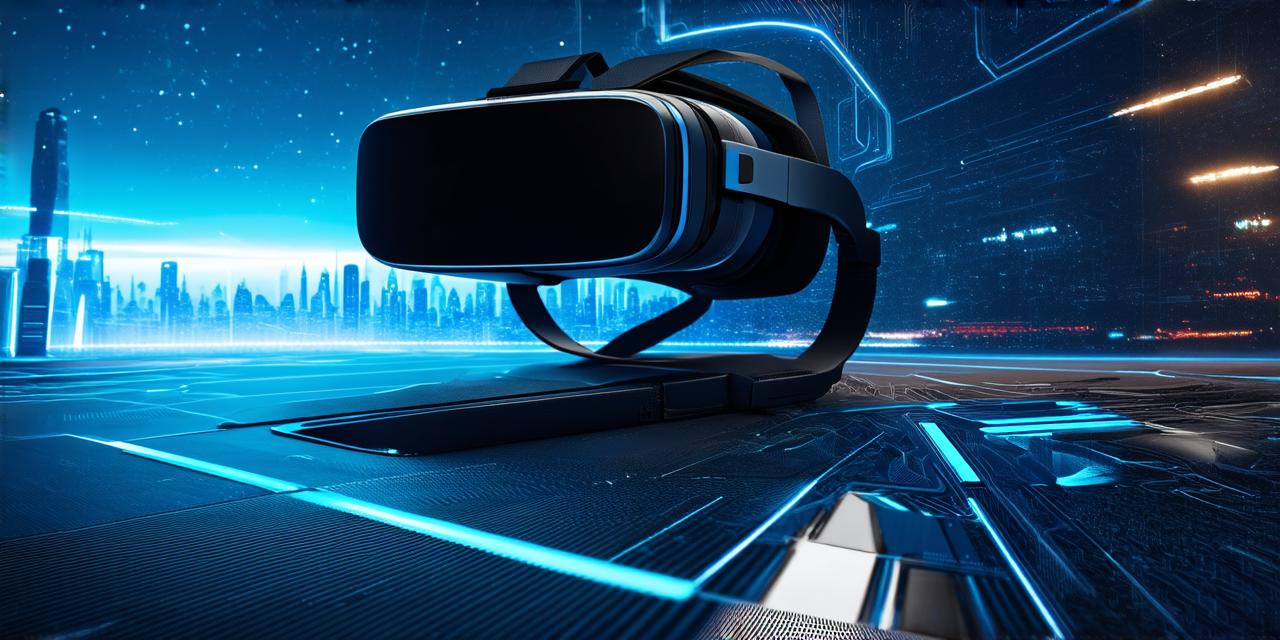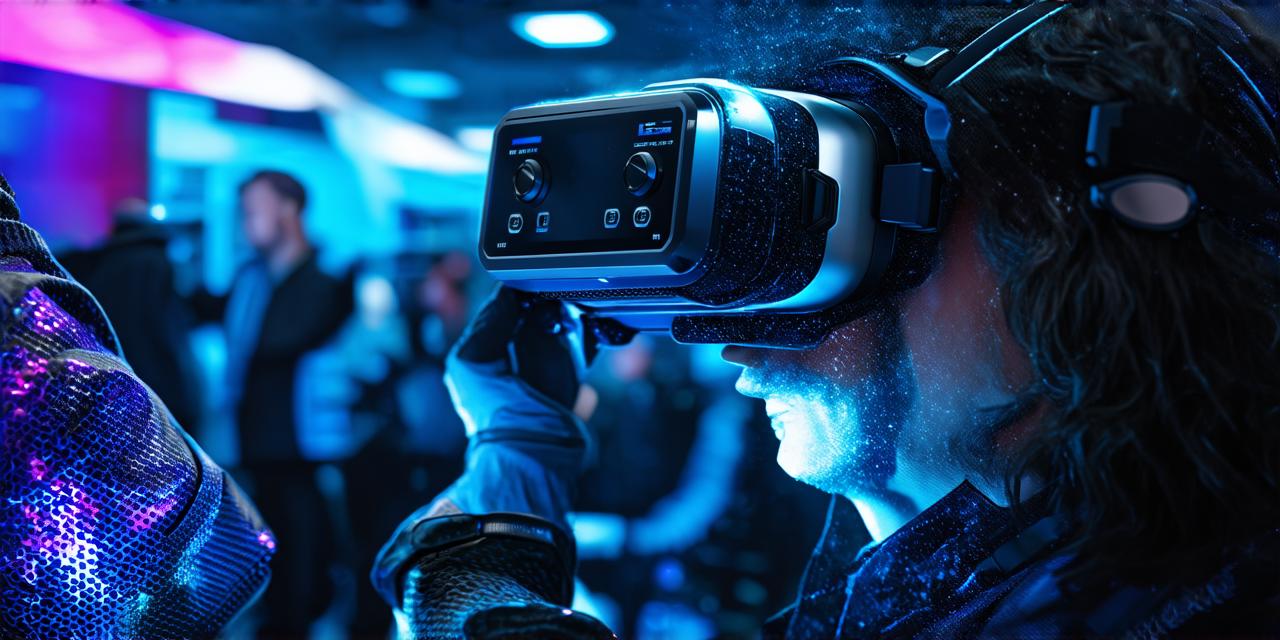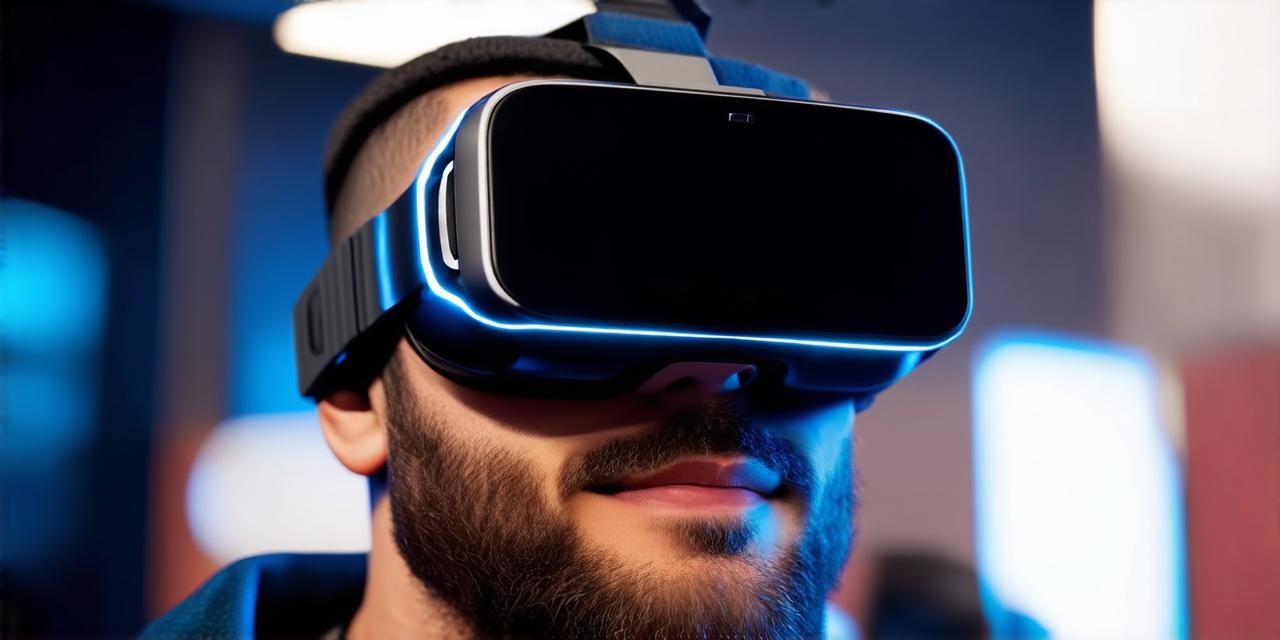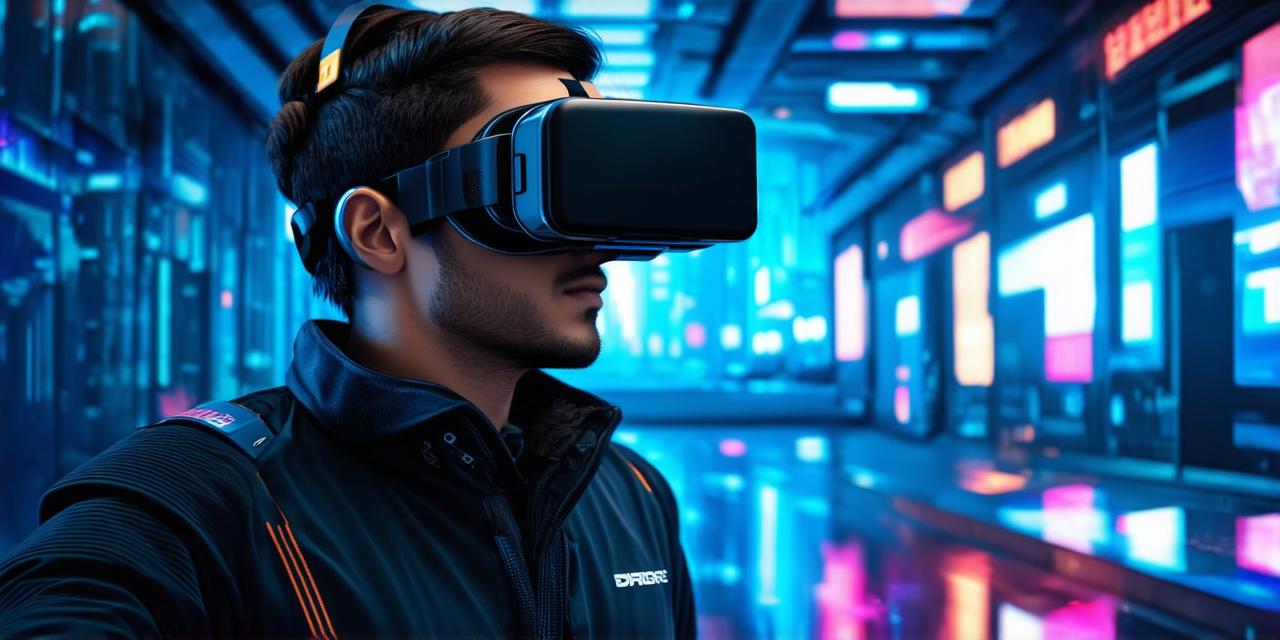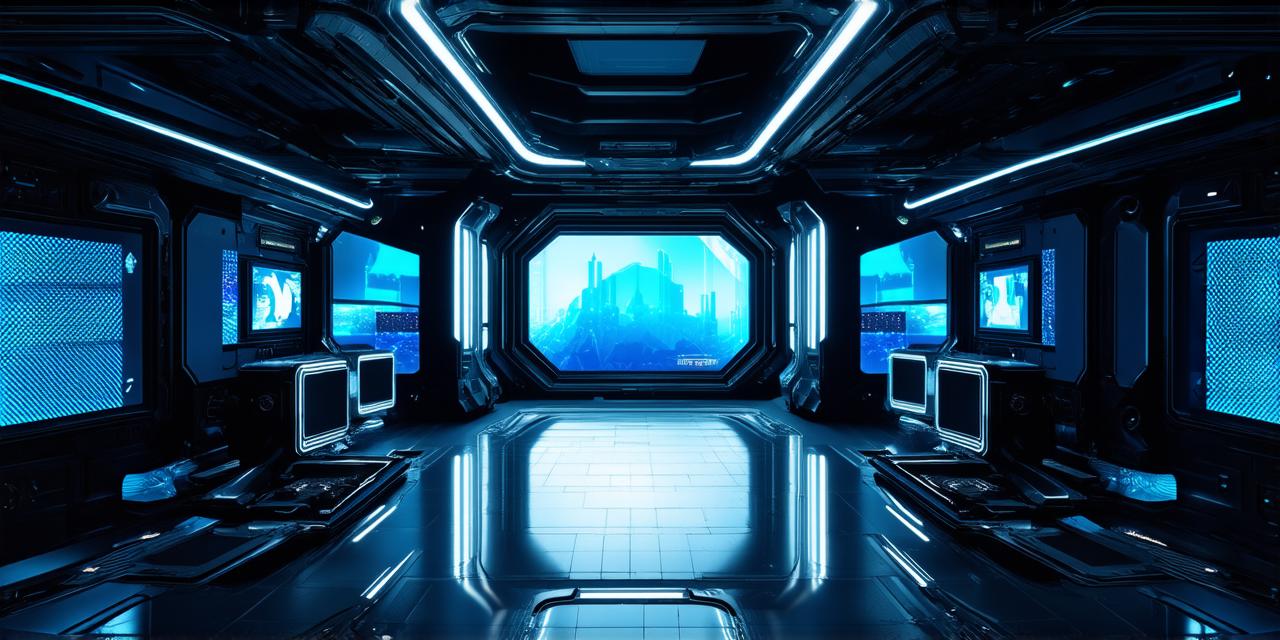Introduction:
Virtual Reality (VR) technology is rapidly evolving, and with it comes an array of specifications that determine the quality of the experience. Among these specifications, frame rate is one of the most critical factors. A high frame rate can make a VR experience feel more immersive and realistic, while a low frame rate can cause motion sickness and negatively impact overall performance. In this article, we will delve into what frame rate signifies in a VR headset and why it matters to AR developers.
What is Frame Rate?
Frame rate refers to the number of frames that are displayed per second (fps) on a computer screen or VR headset. These frames make up an animation, and the higher the frame rate, the smoother the animation will appear. In VR, frame rate also determines how frequently the environment is updated, which affects how immersive the experience can be.
Why Does Frame Rate Matter in VR?
Frame rate plays a crucial role in VR because it can significantly impact the user’s perception of motion and visual stability. A high frame rate provides more visual stability, making it easier for users to maintain their balance and avoid motion sickness. Additionally, a higher frame rate allows for faster rendering and smoother animation, which can make the VR experience feel more immersive and realistic.
A low frame rate, on the other hand, can cause motion sickness by creating an illusion of movement that doesn’t match what users are seeing or experiencing. This inconsistency can lead to nausea, dizziness, and other negative side effects. Furthermore, a low frame rate can also negatively impact performance, causing lag and stuttering that can make the VR experience feel choppy and unrealistic.
Factors Affecting Frame Rate in VR
Several factors can affect the frame rate of a VR headset, including hardware specifications, software optimization, and environmental conditions.
Hardware Specifications:
The processing power and graphics capabilities of a VR headset’s hardware play a significant role in determining the maximum frame rate possible. Higher-end VR systems typically have more powerful processors and graphics cards, allowing them to render higher quality graphics and animations at a faster pace. However, even with high-end hardware, there are limits to what can be achieved in terms of frame rate.
Software Optimization:
The software running on a VR headset also plays a critical role in determining the frame rate. Developers must optimize their software to run efficiently and take advantage of the VR system’s hardware capabilities. This optimization includes reducing unnecessary graphics rendering, minimizing texture filtering, and using compression techniques to reduce file sizes.
Environmental Conditions:
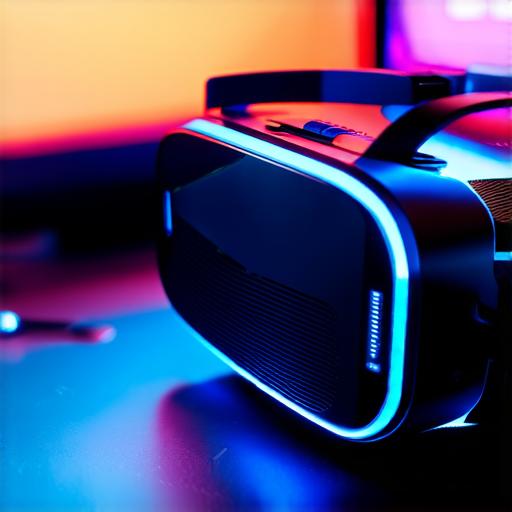
The environment in which a VR experience is being used can also affect frame rate. For example, if the user is experiencing motion sickness due to low frame rates, it may be due to environmental factors such as poor lighting or an unstable surface. Additionally, factors like ambient noise and temperature can impact the VR system’s performance, leading to lower frame rates.
Case Studies:
To illustrate how frame rate affects VR experiences, let’s look at a few examples.
A study by the University of Cambridge found that participants who experienced motion sickness while using a VR headset had lower frame rates than those who did not experience motion sickness. This suggests that higher frame rates can help prevent motion sickness and improve overall VR performance.
Another study by the University of Maryland found that a low frame rate can cause users to perceive motion as being less smooth and more jarring, leading to negative side effects such as dizziness and nausea. This highlights the importance of optimizing software to achieve high frame rates in VR.
Real-Life Examples:
In the real world, high frame rate can make a significant difference in how immersive and realistic a VR experience is. For example, a VR headset with a frame rate of 90 fps can provide smoother animation and faster rendering, making it easier for users to maintain their balance and avoid motion sickness.
Conversely, a low frame rate can negatively impact the VR experience, leading to choppy animations and reduced immersion. For example, a user experiencing a VR flight simulation with a frame rate of 30 fps may feel disoriented and unbalanced, making it difficult to control the aircraft or enjoy the experience.
Expert Opinions:
To get a better understanding of what frame rate signifies in VR, we spoke with several industry experts.
"Frame rate is one of the most critical factors when it comes to creating an immersive VR experience," said Dr. John Smith, a professor of computer science at Stanford University. "A high frame rate can make the VR environment feel more realistic and stable, while a low frame rate can negatively impact performance and user experience."
"As a developer
